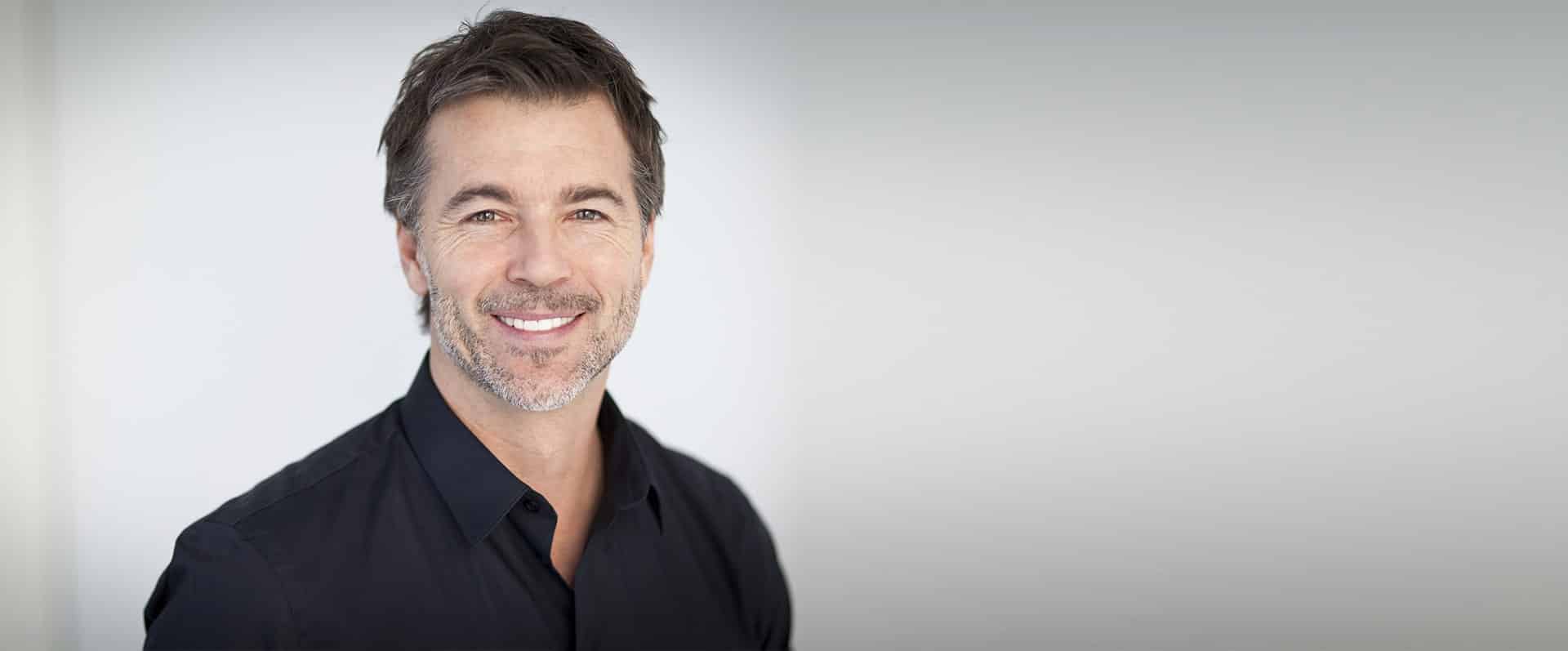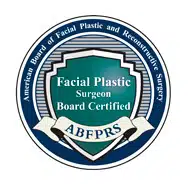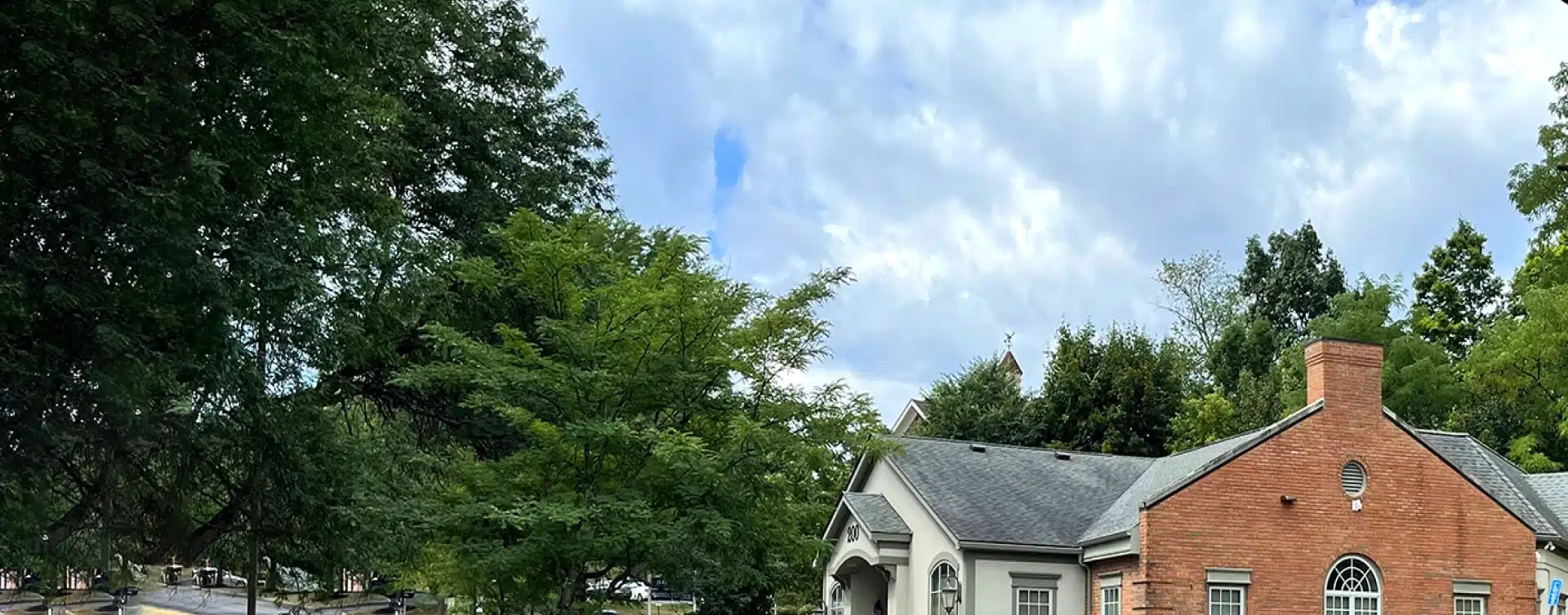Uncover the Benefits of Reconstructive Surgery
Reconstructive Surgery isn’t just about altering your appearance; it’s about reclaiming your life. At Dr. Rubinstein’s clinic in Newburgh, NY, we specialize in transformative procedures that not only enhance your physical form but also boost your confidence and improve your quality of life. Take the first step toward renewal.
Reconstructive surgery is a branch of plastic surgery. Unlike cosmetic surgery, reconstructive surgery is performed on abnormal structures of the body to improve function and often to approximate a normal appearance as well. In Hudson Valley, NY, Dr. Rubinstein will be happy to meet with you for a consultation to discuss the best treatment options for your individual needs.

Start Your Journey to Success, Don’t Wait More!
Schedule a consultation with Dr. Beran
Types of Reconstructive Surgery
Facial Scars
Many individuals are bothered by scars whether they’re due to accidents, burns, surgery, or severe acne. Conspicuous scars on the face can be particularly bothersome. In these cases, facial scar revision can help.
Facial scar revision is performed to improve the appearance of scars. In some cases, the function may improve as well. While scars cannot be completely removed, they can be dramatically improved in appearance. The degree of improvement will depend on the size and location of the scar, as well as the condition of your skin.
There are a variety of treatment options currently available for scar revision. These include excision, punch grafting, laser skin resurfacing, chemical peels, soft tissue augmentation, microdermabrasion and dermabrasion. Dr. Rubinstein will be happy to meet with you for a consultation to discuss the best treatment options for your individual needs.
Skin Cancer
The most common form of cancer in the U.S., skin cancer is most often caused by sun exposure. The majority of skin cancers occur on areas of the body that are frequently exposed to the sun, including the face, head and neck. Skin cancer can occur in anyone but there are certain factors which may place you at a greater risk. In general, the risk of skin cancer may be greater in those with fair skin and freckles, light-colored hair and eyes, many moles or moles of unusual shape or size, a family history of skin cancer, a history of blistering sunburn, and those who spend a lot of time outside in the sun.
The three most common forms of skin cancer include basal cell carcinoma, squamous cell carcinoma and malignant melanoma. Basal cell carcinoma is the most common form of skin cancer and is typically the least dangerous. Squamous cell carcinoma occurs most often around the face, lips and ears and can be life threatening if left untreated. These two cancers can vary greatly in their appearance. They may appear as small white or pink bumps or nodules with a smooth, shiny, waxy or pitted surface; rough, dry or scaly red spots; firm, red lumps with a crust on top; a sore that bleeds or doesn’t heal; or a white patch similar to scar tissue.
Malignant melanoma is the least common but most dangerous form of skin cancer. It can be cured when treated early one but it can be deadly if treatment occurs too late. It is often seen as a mole that changes in size, shape or color, or a new growth. Any mole or skin growth that appears asymmetric, has irregular borders, a mottled appearance or is more than 6 millimeters across may be symptomatic of malignant melanoma.
Diagnosing skin cancer is done by removing some or all of the growth and examining it under the microscope. If it is cancer, there are several treatment options. Excision of small skin cancers can be performed quickly in the office setting with local anesthesia. Other options for treatment include curettage and desiccation, cryosurgery, radiation therapy, topical chemotherapy, and Mohs surgery.
Some treatments for skin cancer may leave a significant defect behind, affecting not only the cosmetic appearance but the function as well. In these cases, skin cancer reconstruction techniques like scar revision and tissue flap transfer can be performed to restore an acceptable appearance and function.
Tissue Expansion
Tissue expansion is a technique used to grow extra skin on the body for reconstruction purposes. With this technique, a silicone balloon expander is placed beneath the skin close to the reconstruction site. The expander is slowly filled over time with salt water which stretches the skin and causes it to grow. This technique is commonly used to repair damaged skin due to accident, surgery or birth defect as well as to reconstruct the breast following mastectomy. It is particularly effective on the scalp, face, neck, hands, arms and legs.
While tissue expansion generally involves a lengthy period of time and multiple office visits, there are many advantages over other techniques like skin flaps and skin grafts. The newly grown skin is often a better match in color, texture and hair-bearing qualities and it is less likely to die because it remains connected to the blood and nerve supply in the donor area. Scarring is also less extensive since the skin is not moved from one area to another.
Why Choose
Dr. Rubinstein
- Dr. Rubinstein is one of the top facial plastic surgeons in New York & New Jersey.
- He is double board certified by the American Board of Facial Plastic Surgery and the American Board of Otolaryngology-Head and Neck Surgery.
- Dr. Rubinstein has been in both private and academic practice for over 20 years.
- He is also an active member of the American Society for Laser Medicine & Surgery.
- Clinical Professor at New York Presbyterian Hospital.
FAQs about Reconstructive Surgery
The longevity of reconstructive surgery results can vary widely depending on the type of procedure performed and the patient’s individual circumstances. Some surgeries offer permanent results, while others may require follow-up procedures for optimal outcomes.
The cost of reconstructive surgery varies depending on the complexity of the procedure, location, and the surgeon’s experience. Dr. Rubinstein will discuss the costs and financing options with you at the time of your consultation.
Pain is subjective and varies from person to person. Most reconstructive surgeries are performed under anesthesia to minimize discomfort. Post-operative pain can usually be managed effectively with medication and proper care.
Like any surgical procedure, reconstructive surgery carries risks like infection, bleeding, and anesthesia complications. A thorough consultation with a healthcare provider will provide more detailed information tailored to your situation.
If you live in the state of New York, Laser & Cosmetic Surgery Specialists offers Reconstructive Surgery among its services. For a full list of services, please visit our Locations page.



